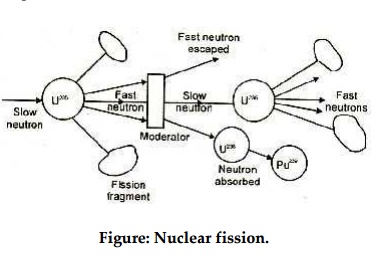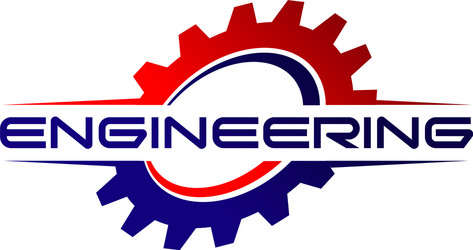Pressurized Water Reactor (PWR):
Working principle:
A nuclear power plant differs from a conventional steam power plant only in the steam generating part. There is no change in the turbo-alternator and the condensing system.
The nuclear fuel which is at present in commercial use is Uranium. Heat energy evolved by the fission reaction of one kg of U235 can produce as much energy as can be produced by burning 4500 tons of high grade coal.
Uranium exists in the isotopic form of U235 which is unstable. When a neutron enters the nucleus of U235, the nucleus splits into two equal fragments and also releases 2.5 fast moving neutrons with a velocity of 1.5 × 107 metres / sec producing a large amount of energy, nearly 200 millions electron-volts. This is callednuclear‚fission‛.
Chain reaction
The neutrons released during the fission can be made to fission other nuclei of U235 causing a ‚chain reaction. A chain reaction produces enormous amount of heat, which is used to produce steam‛.
The chain reaction under uncontrolled conditions can release extremely large amounts of energy causing ‚atomic explosion‛.

Figure: Nuclear fission.
Energy liberated in chain reaction, according to Einstein Law, is E = mc2, where E = energy liberated, m = mass in grams, c = speed of light = 3 ´1010 cm/sec.
Out of 2.5 neutrons released in fission of each nuclei of U235, one neutron is used to sustain the chain reaction, 0.9 neutron is converted into fissionable material Pu239 and 0.6 neutron is absorbed by control rod and coolant moderator.
Function of the moderator is to reduce the energy of neutrons evolved during fission in order to maintain the chain reaction. The moderators which are commonly used are ordinary water and heavy water.

